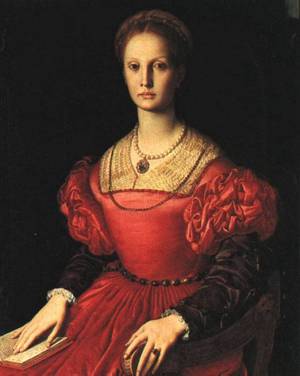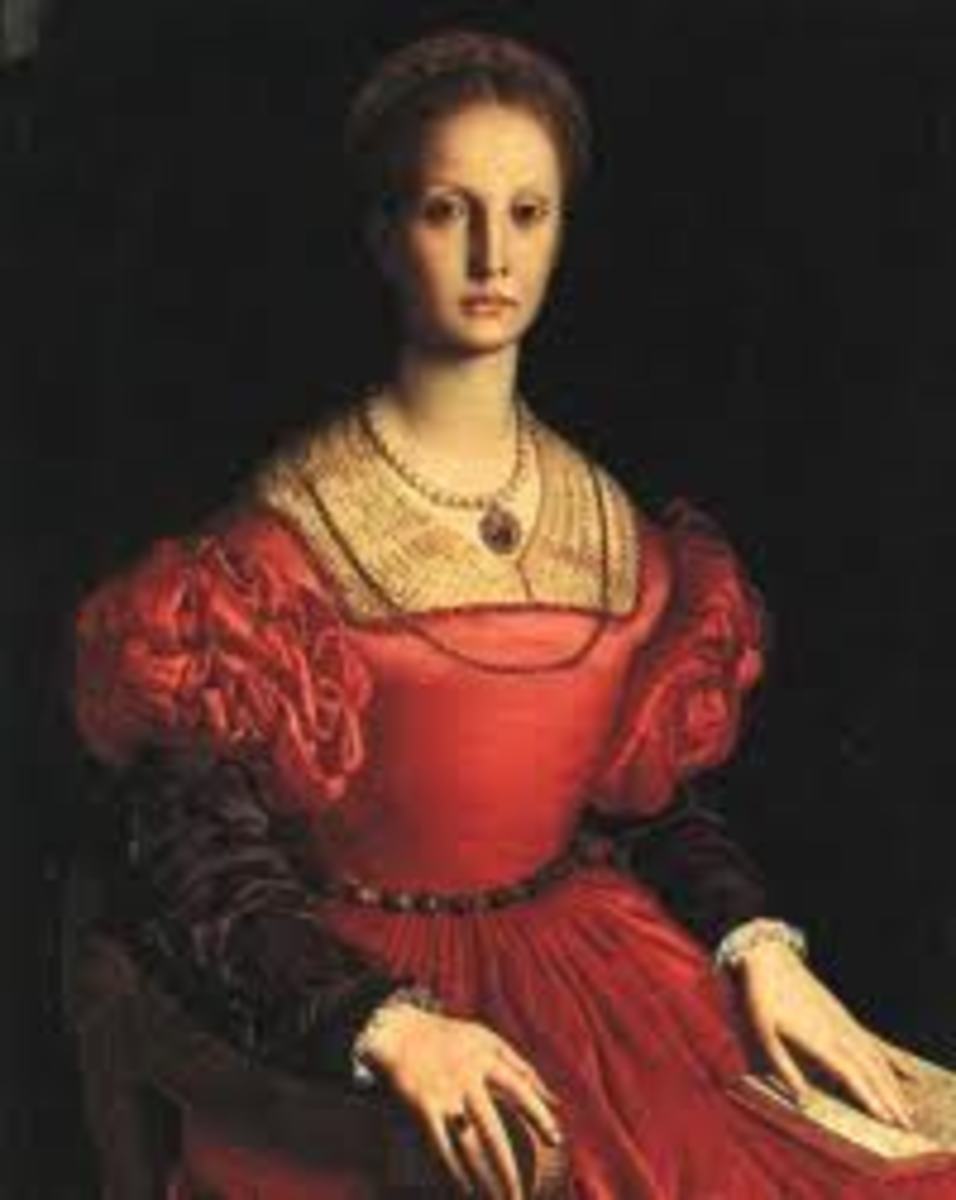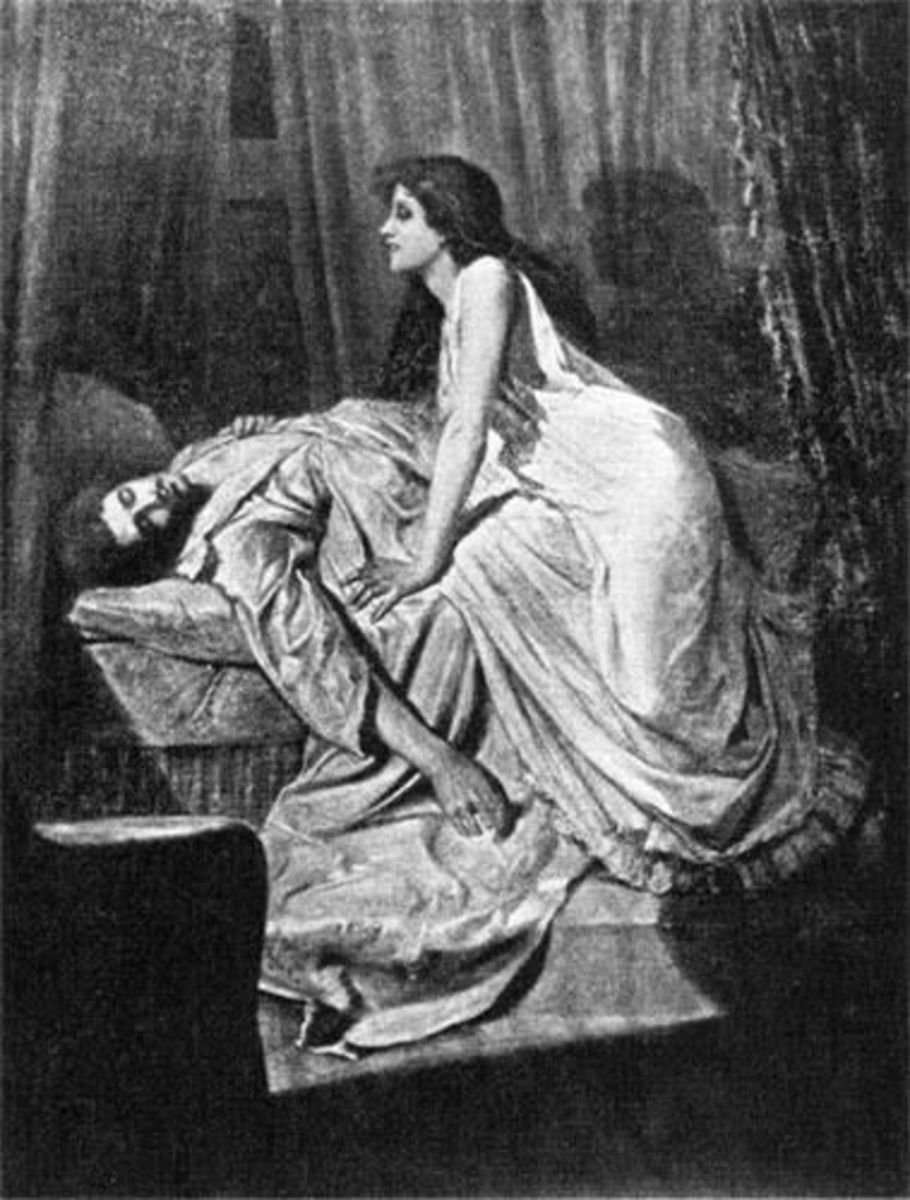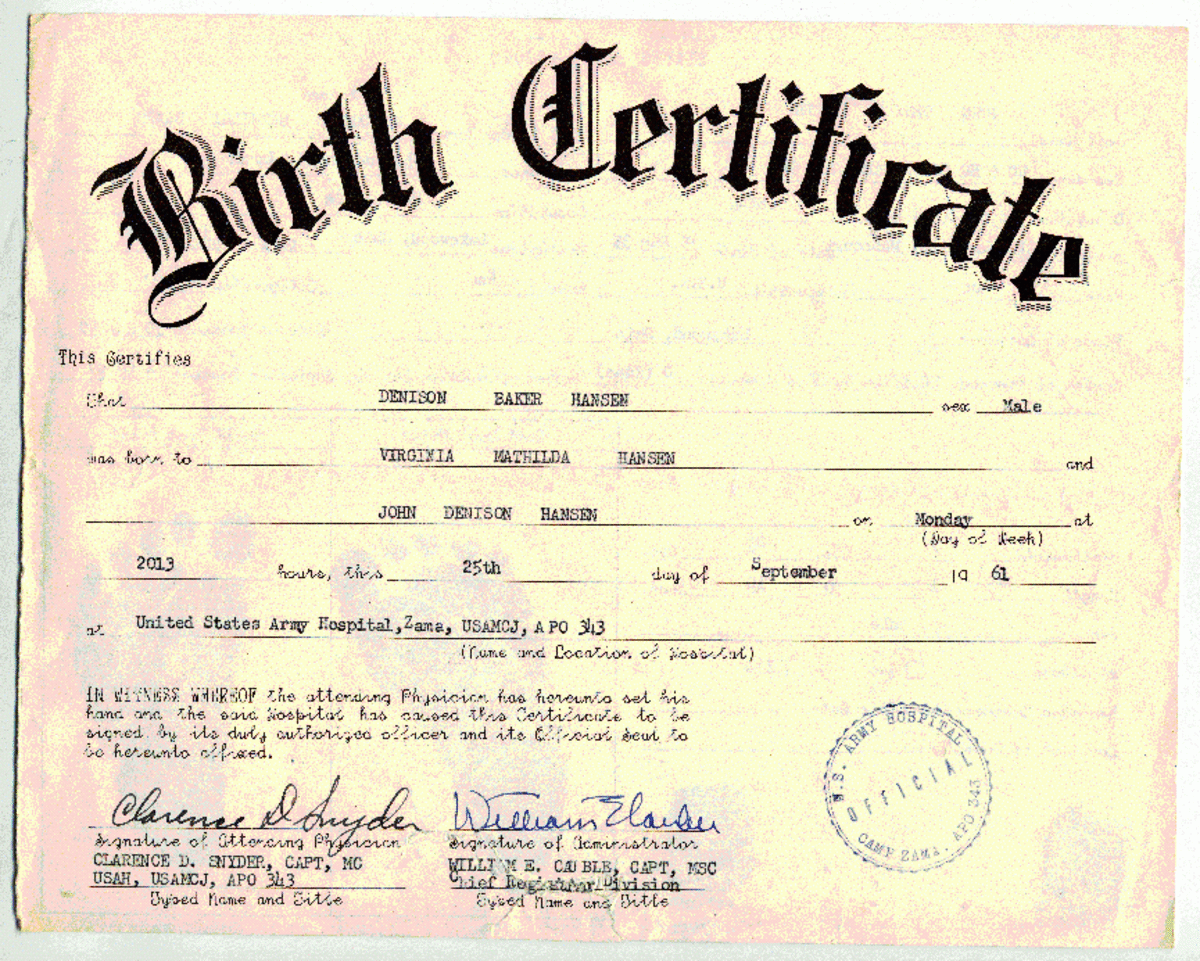Erzsebet Bathory - The Real Vampire
Erzsébet (Elisabeth) Báthory was a countess in Transylvania. She was later recognized to be the original vampire, inspiring writer Bram Stoker to later write his classic novel; Dracula.
Erzsébeth Báthory was born on August 7,1560 into a noble family, at a town called Nyirbátor (then central Hungary, now in north East Hungary) in the kingdom of Hungary. Her father was György (George) Báthory, her mother's name was Anna Báthory. Her niece was István (Stephen) Báthory, who became king of Poland when Erzsébet was 16 years old
At the age of 15, a year prior her niece becoming king of Poland, she was forced to marry a noble-warrior Hungarian (Transilvanian) man called Ferenc Nádasdy due to political reasons, becoming the new mistress of the Castle of Csejthe, her new husband's home. The Castle of Csejthe is located in the Carpathian Mountains (in Transylvania, now Romania), and was built on a hill, surrounded by peasant farms, and small village. Erzsébeth kept her family name, as her family was more powerful than her husband's.
In 1578 her husband was appointed as an army leader of the campaign against the Ottoman Turks, resulting in her having to take care of business (usually providing for the neighboring villages' dwellers) and the real estates of the family. She was an educated woman who could read and write in four languages.
There were several instances where she intervened on behalf of
destitute women, including a woman whose husband was captured by the
Turks and a woman whose daughter was raped and impregnated. She was interested in science and astronomy. In 1585 (at age 25), she had her first child, Anna. Her two subsequent children died at a young age. In 1598 her fourth and fifth children were born. Erzsébeth was said to be a loving and caring mother. When she was aged 44, her husband died.
She had bizarre tastes so surrounded herself with strange people and artist. She provided the accomodation in her castle, and was utterly interested in their “unconventional” arts. Among them were people who claimed themselves to be witches, sorcerers, seers, wizards, alchemists, and others who practiced arts of the like. She was very enthusiastic in such practices, however, it was shortly after that they were not enough for her.
She was in a very bad mood one day, and as she furiously struck a servant girl for a minor oversight, she drew blood when her pointed nails raked the girl’s cheek. The wound was serious enough that some of the blood got onto Erzsébet’s skin. Later, she was quite sure that that part of her body looked fresher somehow; younger, and brighter. With such clear evidence at hand, Erzsébet was convinced that here was a brilliant discovery; a method to restore and preserve her youth, or at least until she got what she wanted. She reasoned that if a little was good, then a lot would be better: she firmly believed that if she bathed in the blood of young virgins, and in the case of especially pretty ones, drank it, she would be beautiful again.
For years, her trusted helper in her various secret pleasures had been Dorotta Szentes. With her and other “witches” to help carry the load, Erzsébet roamed the countryside by night, hunting for suitable virgin girls as raw material for her difficult quest.
When back in the castle, each batch of young girls would be hung, alive and naked, upside-down by chains wrapped around their ankles. Their throats would be slit and all of their blood drained for her bath, to be taken while the heat of their young bodies still remained in the thickening and sticky crimson pool
And every now and then, a really lovely young girl would be obtained. As a special treat, she would drink the child’s blood: at firs from a golden flask, but later, as her taste for it increased, directly from the stream, as the writhing and whimpering body hung from the rafters, turning pale.
Although she had held off her political foes, after five years of this enterprise she at last began to realize that blood of peasant girls was having little effect on the quality of her skin. Obviously such blood was defective and better blood was required.
In early 17th century Transylvania, parents of substantial position wished their daughters to be educated in the appropriate social graces and etiquettes, so that they might gain the right connections. Here was an opportunity.
In 1609, Erzsébet established an academy in the castle, offering to take 25 girls at a time from proper families, and to correctly “finish their educations”. In fact their educations were really finished.
Assisted by Dorotta Szentes, these students were killed by exactly the same methods as the peasant girls who preceded them. This was too easy, and Erzsébet became careless in her actions for the first time in her dreadful career. During a frenzy of lust, four drained bodies were thrown out of the windows of the castle.
This error was realized too late, for villagers had already seen, collected, and begun to identify the girls. The disappearance of all those young women began to be solved; the secret was solved.
The word of this horror spread rapidly and soon reached the Hungarian Emperor, Matthias II, who immediately ordered that the countess be placed on public trial. But her aristocratic status prevented her from being arrested. Parliament at once passed a new Act to reverse this privilege of status, and she was brought before a formal hearing in 1610. Interestingly enough, no one seemed inclined to offer any form of attention to these matters when merely peasant girls had been the subjects of her bloody deeds for five years previous.
Resources say that 600 girls had vanished. She, of course, admitted nothing. Dorotta Szentes and the other witches were burned alive, but Erzsébet Báthory, because of her nobility, could not be executed. Katarina, another major advisor of Erzsébet, was somehow seen as another victim, and was set free.
Erzsébet was damned to a death while alive. Sealed into a tiny closet of her castle, and never let out, she died four years later. She did not ever utter even a single word of regret.

Popular
Does The Jones Act Put Us Under Maritime/Admiralty Law By Our Birth Certificate? Why Is Your Name Spelled In Capitals
Strawman Why Is Your Name In All Capital Letters? I Only Use Caps For The The First Letter Of My Name!
StrawMan Are You A Person Or Collateral? Does Your Social Security Card Prove You Are Property? Why Capital Letters?






